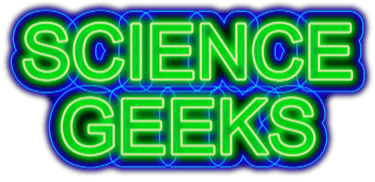FORCES
Forces are pushes or pulls that act on objects. They can change an object’s speed, direction, or shape. Forces are measured in newtons (N). There are two main categories of forces:
Contact forces: These occur when two objects physically touch each other. Examples include friction, tension, and normal force.
Non-contact forces: These act at a distance without direct physical contact. Examples include gravity, magnetic force, and electrostatic force .
Remember, forces are shown by arrows in diagrams. The direction of the arrow indicates the direction in which the force is acting, and the size of the arrow represents the magnitude of the force.
Newton's 1st Law
Still no idea? Can't blame you. Well, here's what you need to remember in a nutshell.
Balanced forces occur when two forces are equal in size but act in opposite directions, resulting in no change in an object’s motion.
Unbalanced forces cause changes in an object’s motion—making it start moving, speed up, slow down, or change direction...which leads us onto.....
Newton’s first law of motion states that "an object at rest remains at rest, or if in motion, remains in motion at a constant velocity unless acted upon by a net external force".
"What the heck does that mean?" I hear you cry? "Fair question, we reply"........ let's have a look at this video to find out!

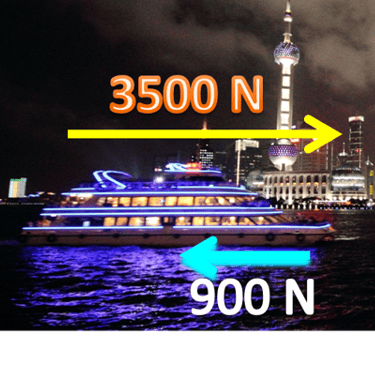
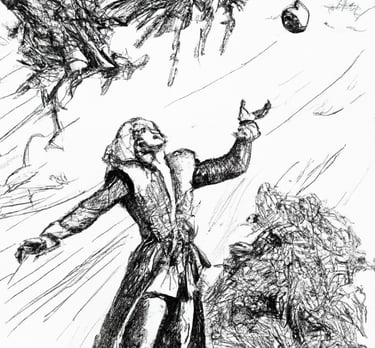

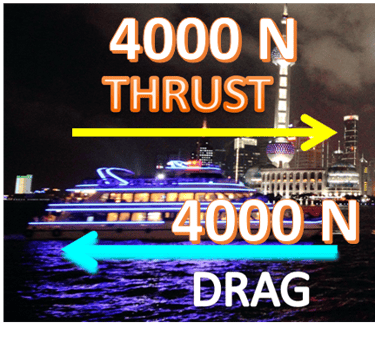

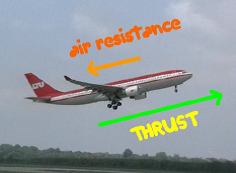

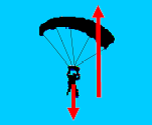

Describe the motion of the following objects
Are the objects in the pictures below accelerating, decelerating, moving at a constant speed or stationary?



Newton's 2nd Law
Newton's second law is one of the most useful equations ever used in Physics. I cannot express how important it is, although, I suspect that I just did. Here it is in all it's simple but perfect glory! It basically tells us that resultant forces make things accelerate, decelerate or change direction (remember that force is a vector).


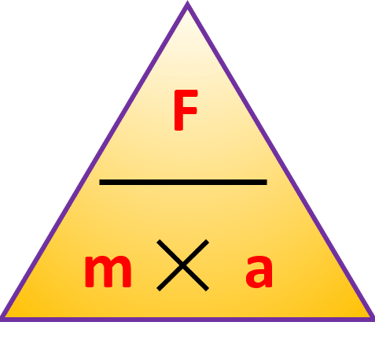

Newton’s second law of motion describes the relationship between force, mass, and acceleration F - represents the resultant force acting on an object (measured in newtons, N).
m - denotes the mass of the object (measured in kilograms, kg).
a - represents the acceleration of the object (measured in meters per second squared, m/s²).
FURTHER READING FOR SUPER SCIENTIST BOFFINS: Here are some key points about Newton’s second law for your deeper understanding:
Proportional Relationship: The acceleration of an object is directly proportional to the resultant force acting on it. In other words, if you apply a greater force to an object, it will accelerate more. Conversely, if the mass of the object increases, its acceleration decreases for the same force.
Inertial Mass: The ratio of force to acceleration is called inertial mass. Inertial mass measures how difficult it is to change the velocity of an object.For example, a heavier object (greater mass) requires more force to achieve the same acceleration.


BALANCED AND UNBALANCED FORCES!

Still not sure what all this force stuff is about? What are balanced forces, how can we tell from the arrows? What is a resultant force? All these question, and not much more, are answered in this special vintage "Science Geek" video. Just try and ignore the annoying kids!
Newton's 3rd Law
KEY POINTS:
Action and Reaction:
When an object exerts a force on another object, the second object exerts an equal force
This force is always in the opposite direction.
These forces always occur in pairs and act on different objects.
These forces have to be both the same type of force (eg both gravitational, both contact forces or both frictional)
For example, when you push a wall, the wall pushes back on you with the same force.
Examples:
Swimming: When you swim, you push the water backward with your arms and legs. In response, the water pushes you forward.
Walking: As you walk, your foot pushes backward against the ground, and the ground pushes your foot forward.
Rockets: Rocket engines pushc gases backward, creating a thrust force that pushes the rocket forward.
Helicopters: Helicopter blades push air downward, causing the helicopter to rise because the air pushes upwards on the helicopter.
Newton’s third law of motion is “For every action, there is an equal and opposite reaction.”

We have all heard this famous law of physics, but what does it mean and how is different to the second law? We sent idiotic science presenter Professor Ryan Fox to the land of Shakespeare during the Covid 19 epidemic to find out. Unfortunately, due to his own, more annoying version of newton's third law, he came back.
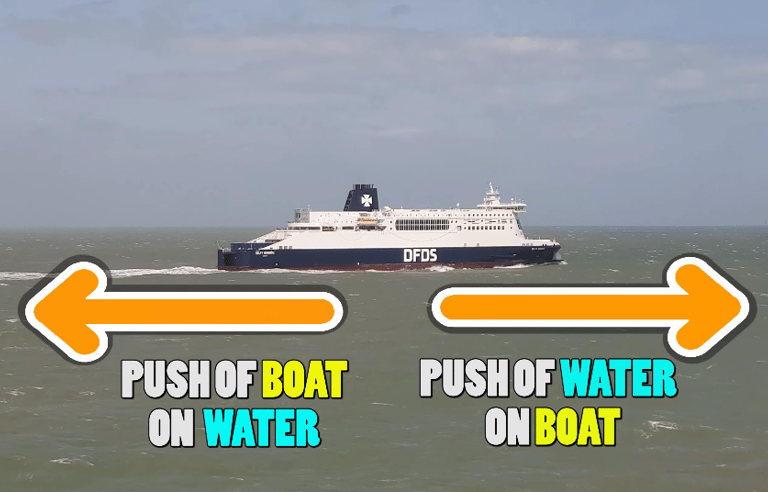

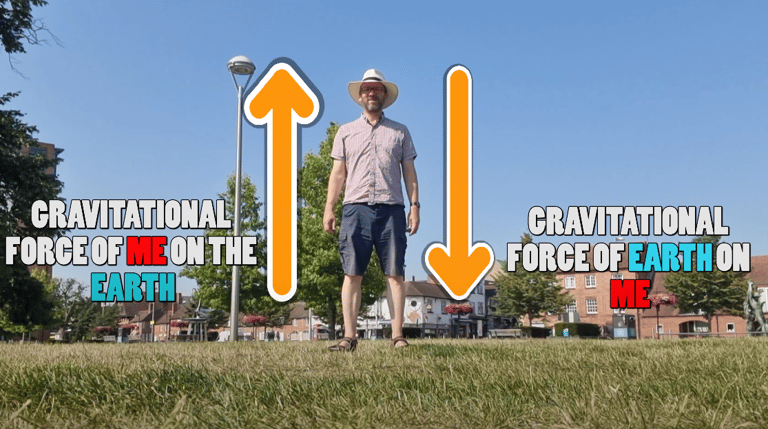

SCIENCE GEEKS FORCES QUIZ
Test your knowledge in this force-tastic quiz on all of newton's laws! Can you get full marks? A calculator may be useful but mainly brains are required. Enjoy!
FRICTION QUIZ!
It's time for a quick quiz on friction! Its it good or bad? What is it? How can we reduce it? When is is useful? Teach yourself the answers to these question and more with our interactive quiz!

